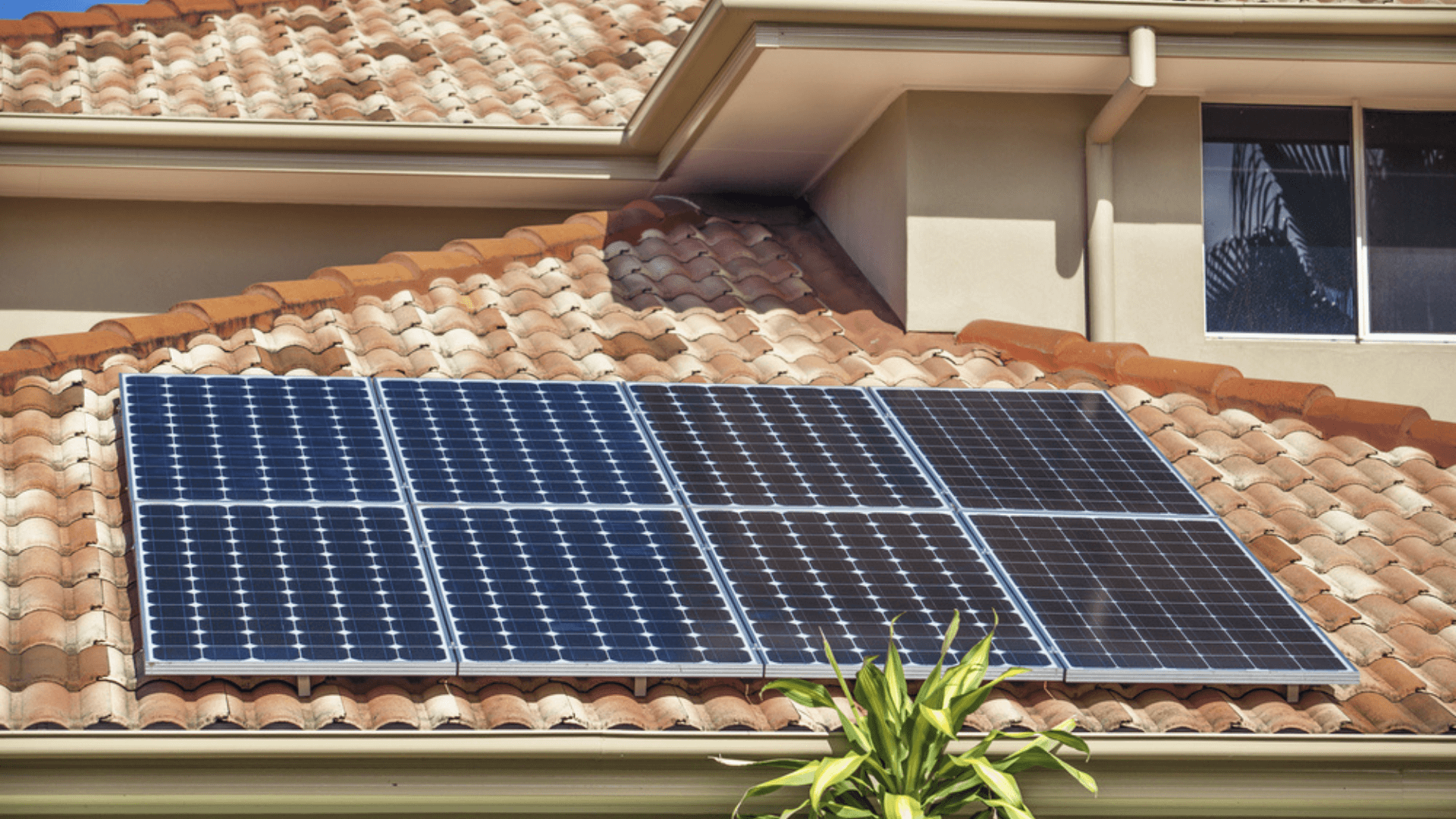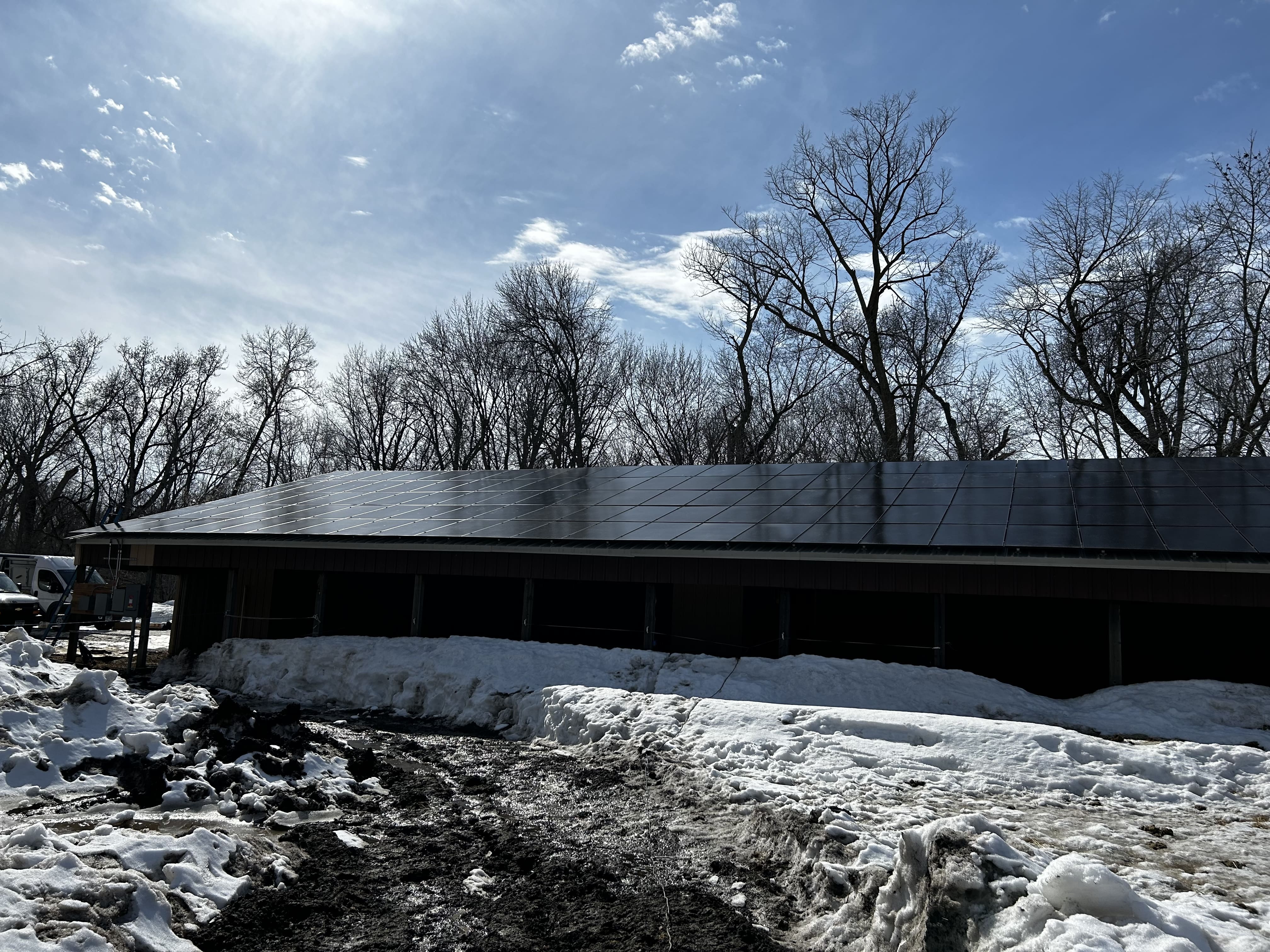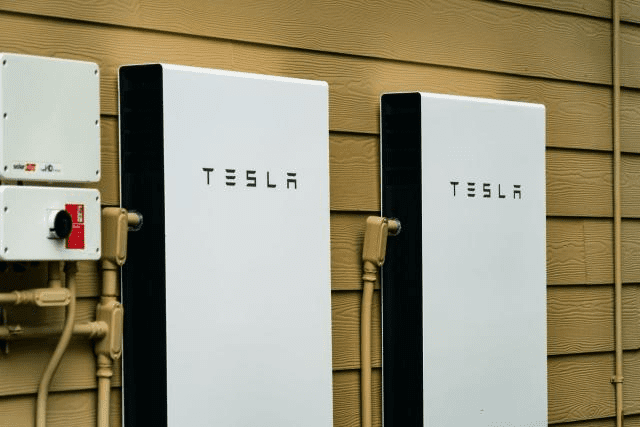If you’ve just installed solar panels on your property, the question of whether or not they are working can be concerning. Before paying for a professional inspection, it’s wise to conduct some basic tests yourself and know how to tell if solar panels are working.
Doing so can save you time and money in the long run – plus, Wolf River Electric is here to help. In this blog post, we provide an overview of how to tell if solar panels are functioning properly by covering topics such as what indicators of performance issues you should look for and ways that monitoring systems can help verify system health.
Ways To Check If Solar Panels Are Working
To check if your solar panels are working, you can try the following ways:
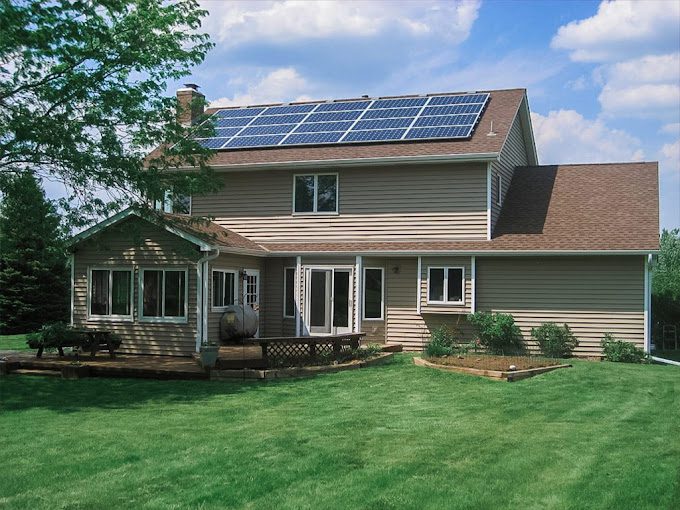
Inspect Your Solar Inverter
Inspect the solar inverter for any signs of damage, such as cracked or missing parts. Look for loose connections and ensure all wires are securely connected. Test the system with a multimeter before installing it.
Examine Your Solar Meter
Check your solar meter to make sure that the generated solar power is being registered. If the meter doesn’t register any power, your system may not function correctly.
Review Your Electricity Bills
Review your electric bill to see if there are any discrepancies or changes in your energy usage after solar installation. Any outrageous changes may be a likelihood of a problem in the system.
Check The Weather
Look at the weather forecast to ensure your area isn’t experiencing any periods of cloudy or stormy conditions. This will help you determine if your solar system is still functioning efficiently.
Test The System With A Multimeter
Test solar panels with a multimeter to ensure your solar panels generate the right amount of electricity. This will help identify potential issues and determine if you have an underperforming solar system.
Check The Circuit Breaker
Check the circuit breaker to ascertain it hasn’t been tripped or damaged. If there are problems with the circuit breaker, then you should contact a professional to have it repaired.
What To Do If Your Solar PV System Isn’t Working
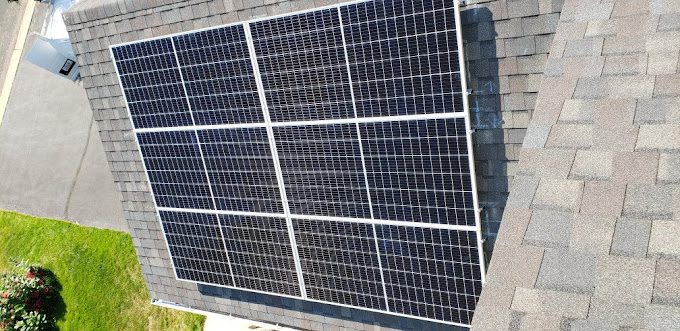

Clean Dirt Or Debris Off The Surfaces Of Your Panels
Regular upkeep is necessary to ensure that your solar panels are operating efficiently. This includes cleaning the dirt and debris off of their surfaces as these can block out light and reduce energy output. A simple rinse with a garden hose should do the trick but you may want to consider investing in a special solar panel cleaning product to ensure a thorough job.
Make Sure All Switches And Inverters Are In Working Order
If your solar system isn’t producing energy, it may be due to a faulty switch or inverter. Check that all switches and inverters are on and functioning properly to transfer power from the solar panels to your home.
Contact A Certified Solar Company Or Electrician For Assistance
A certified solar installer or electrician can diagnose and repair any electrical faults causing the problem. They will also be able to advise on any potential improvements or upgrades you may need to make.
Invest In A Solar Monitoring System
Investing in a solar monitoring system can help keep track of your solar system’s performance, specifically how much power is produced, and alert you if something isn’t working correctly. This way, you’ll be able to quickly identify the problem and take action, preventing further damage and energy loss. It’s an invaluable tool for keeping your solar panels working their best.
Go Solar Today!
Common Factors That May Reduce Your Solar Power Output
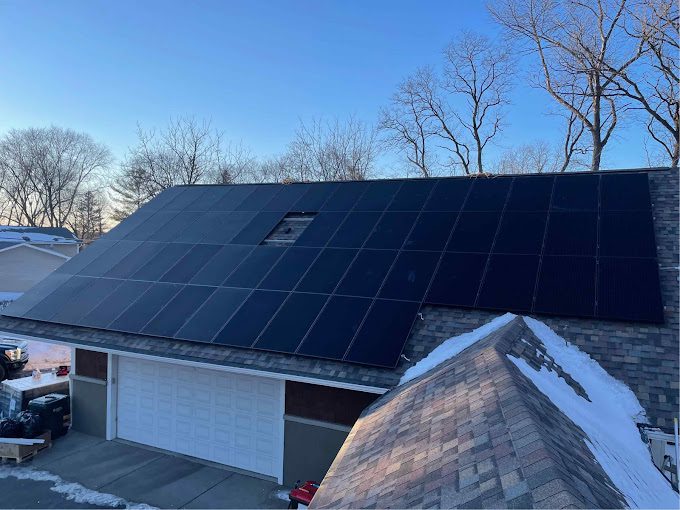

High Temperatures-High temperatures can lead to degradation of solar panel performance, reducing the amount of power output. It is recommended to keep your panels cool for maximum efficiency.
Solar Panel Orientation And Tilting-The orientation and tilt of a solar array is important when it comes to maximizing output. Ideally, the panels should face south (in the Northern Hemisphere) and be tilted at an angle that best matches your local climate.
System Losses-Inverter, wiring, and other system-related losses can reduce overall system output. Make sure all components are properly sized to minimize such losses.
Clouds And Haze– Clouds and haze block sunlight from reaching the solar panels, reducing their power output.
Dirt And Shading– Dirt and shading from trees or other objects can reduce a solar panel’s power output by blocking direct sunlight.
Season– The amount of daylight changes with each season, resulting in lower or higher solar output depending on the time of year.
Time Of Day-Solar power output will also vary throughout the day, with peak performance at noon when direct sunlight is strongest. Output gradually decreases as the sun sets.
Check Your Panels: The System May Never Run At 100% Efficiency.
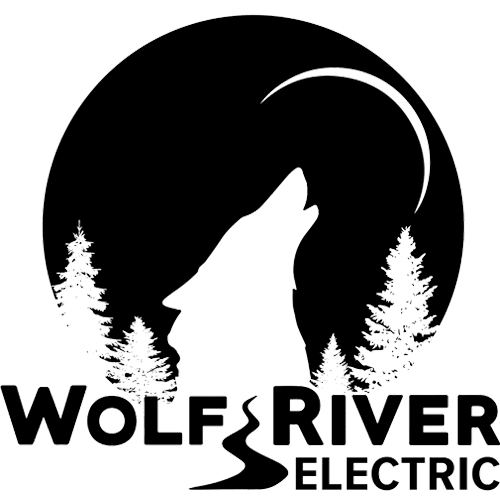

Solar systems can be a great investment and could potentially save you a decent chunk of money on your electric bills. However, remember that no system runs at 100%. Regularly checking your panels for signs of any inefficiency or damage is essential for maintaining the health and effectiveness of your system.
Fortunately, Wolf River Electric provides simple methods to check if your solar panels are working properly easily. These steps will help you get the most out of your solar system and get the savings you expect. So take some time to inspect and monitor our system today.
Frequently Asked Questions
Testing solar panels is fairly involved and should be left to qualified professionals. However, at home, you can check the voltage output of your solar panel by using a multimeter and checking the connections from your system’s DC disconnect. This will help determine if your panels receive the proper voltage and amperage necessary to produce electricity.
To know whether your solar system produces as much energy as it should, you must monitor its performance by checking the data collected from your inverter or solar monitoring system. Comparing the actual energy output to the optimal performance data provided by your solar installer will help you determine if there are any problems with your system.
If your solar system is not producing power, it could be due to several factors, including shading, dirt, snow or debris on the panels, a faulty inverter, poor connections, and more. Notify your solar installer to check for severe issues and confirm how much electricity your systems should produce.
The lights on your solar inverter indicate the current status of your system. Generally, a green light means the system is on and running correctly, a red light indicates an error or fault with the system, and a blinking light may signify a maintenance issue or warning message. Refer to your inverter’s user manual for more information on its lights and meanings.
Join Our Solar Community
Get exclusive access to the latest solar news, tips, and promotions!
